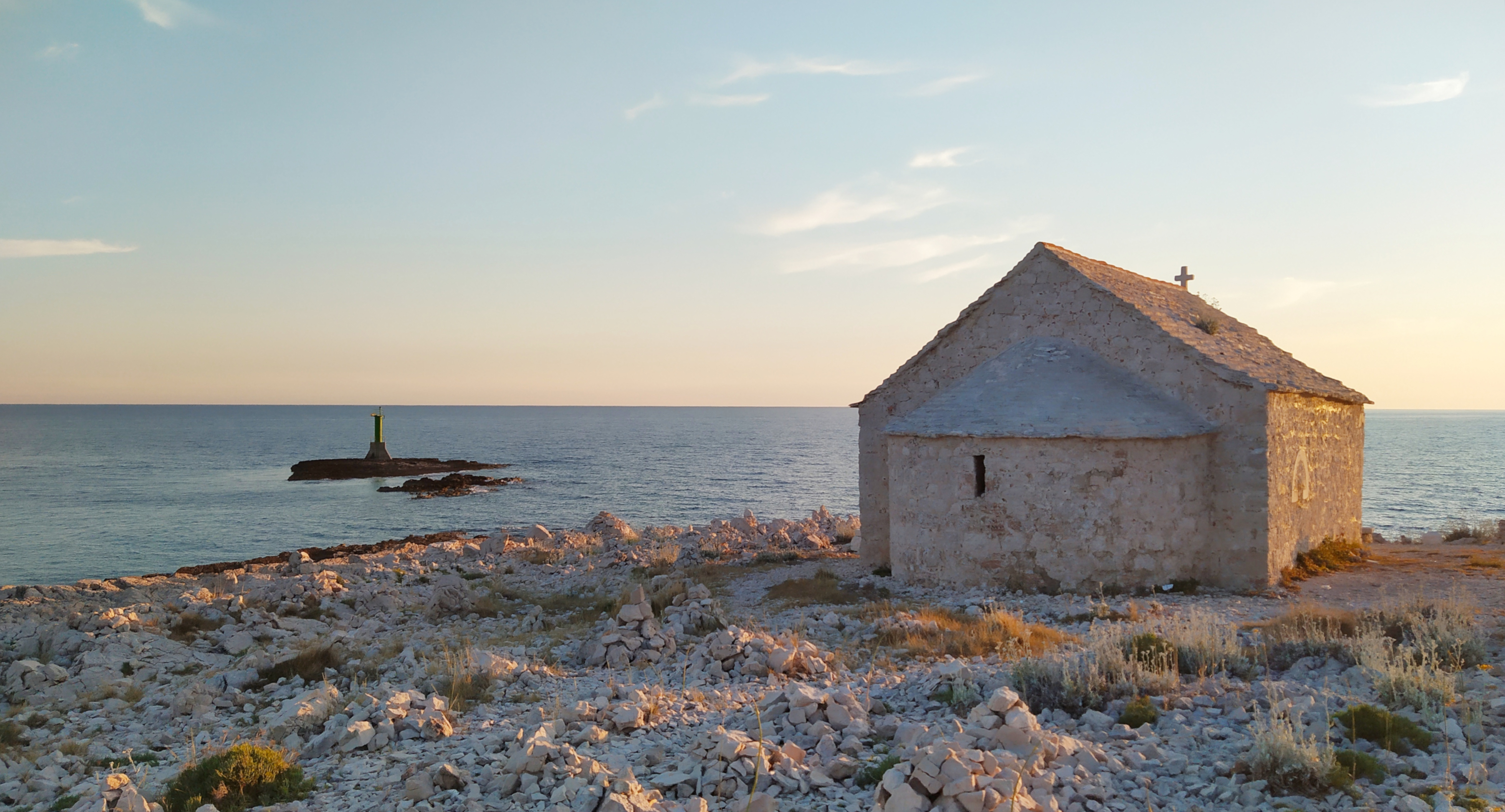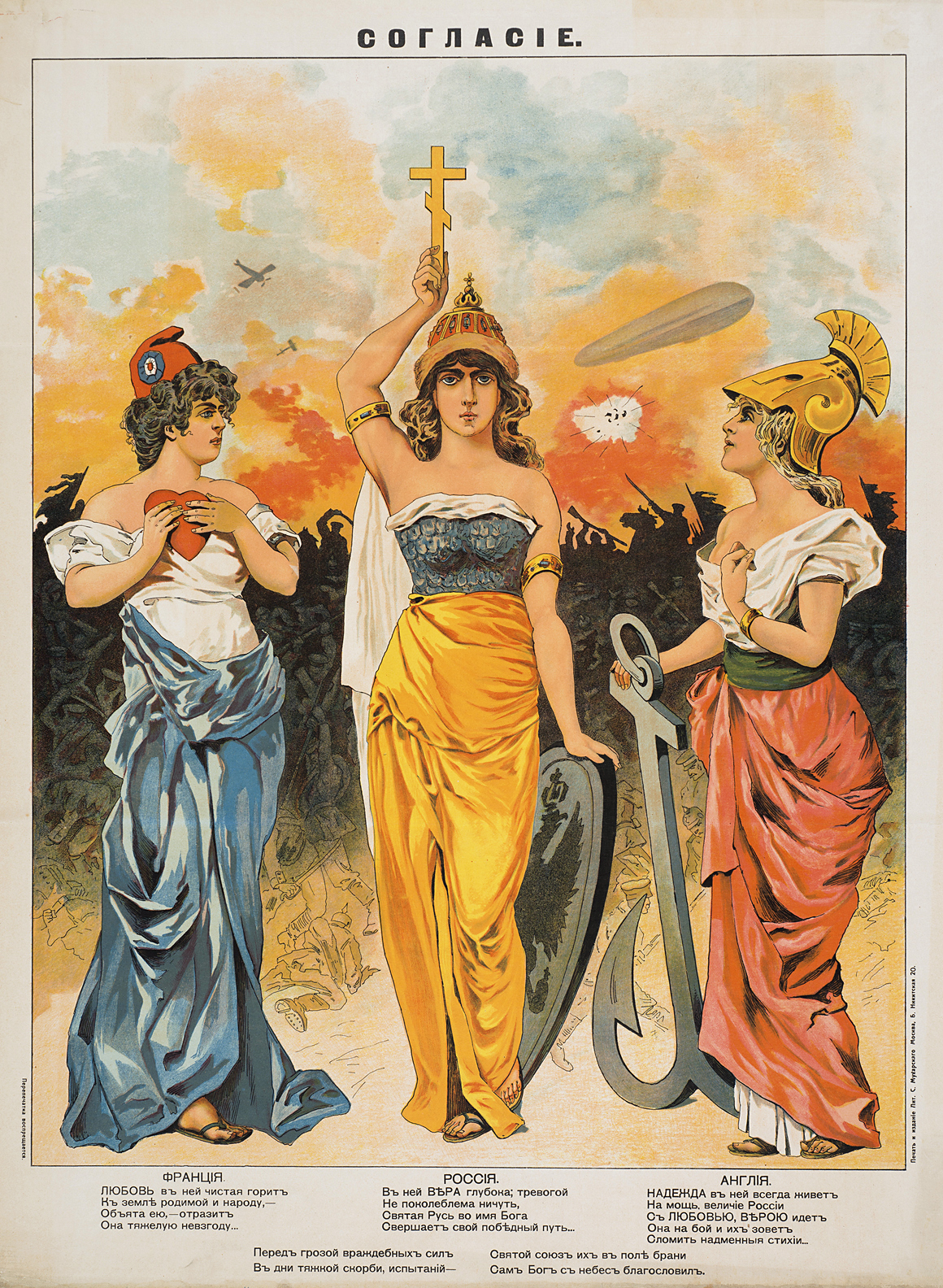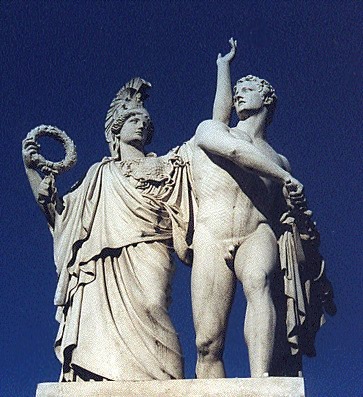|
Cape Planka
The Cape Planka ( hr, Rt Ploča, ''Punta Planka'') is a cape of Croatian shore of the Adriatic Sea located southeast of village of Rogoznica in the Šibenik-Knin County. The cape is the most prominent point of land along the Dalmatian shore. It represents a geographic and climatology, climatological boundary of the northern and the southern Adriatic often characterised by strong sea currents and swells as weather systems from the north and the south come in contact. There is a navigational beacon at the cape. In Classical Antiquity, the cape was named after Diomedes who said to have sailed to that point of the coast. The cape is known as a hazardous point in navigation and there are several shipwrecks in the vicinity. There is a legend of a miracle attributed to the bishop of the Roman Catholic Diocese of Tragurium and later a Christian saint, John of Trogir. He is said to have saved Coloman, King of Hungary from death in a shipwreck off the Cape Planka by walking on the surface ... [...More Info...] [...Related Items...] OR: [Wikipedia] [Google] [Baidu] |
Crkvica Sv
Crkvice ( sr-cyrl, Црквице, ) is a village in Krivošije, on the outskirts of Mount Orjen in Montenegro, and the wettest inhabited place in Europe. Nowadays virtually uninhabited, Crkvice was most notable as the location of a large Austria-Hungary, Austro-Hungarian military base which was active until the end of World War I, when Montenegro regained control of the area. History During the rule of the Austria-Hungary over the Krivošije region, Crkvice was used up as the base military camp. The fortifications, including Fort Kom (''Crkvice Ostfort'') and Fort Stražnik (''Crkvice Westfort''), were built by the Austro-Hungarian soldiers in the first half of the 19th Century, and represented the furthest fortification towards the border with Prince-Bishopric of Montenegro, Montenegro. During that period, over 150 objects were built in Crkvice, including military training grounds, hotel, tennis courts, bowling alley, football pitch with stands for 1,000 spectators, cinema, chu ... [...More Info...] [...Related Items...] OR: [Wikipedia] [Google] [Baidu] |
Roman Catholic Diocese Of Tragurium
Tragurium, Ancient Latin name of a city in Dalmatia (coastal Croatia), now called Trogir, was a bishopric until 1829 and a Latin titular bishopric until 1933."Diocese of Trogir (Traù)" ''''. David M. Cheney. Retrieved February 29, 2016"Titular Episcopal See of Trogir" ''GCatholic.org''. Gabriel Chow. Retrieved February 29, 2016 History In 1050 Tragurium became the seat of a |
Italian Entry Into World War I
Italy entered into the First World War in 1915 with the aim of completing national unity: for this reason, the Italian intervention in the First World War is also considered the Fourth Italian War of Independence, in a historiographical perspective that identifies in the latter the conclusion of the unification of Italy, whose military actions began during the revolutions of 1848 with the First Italian War of Independence. Premises After the Capture of Rome (1870), almost the whole of Italy was united in a single state, Kingdom of Italy. However, the so-called "irredent lands" were missing, that is, Italian-speaking, geographically or historically Italian lands that were not yet part of the unitary state. Among the irredent lands still belonging to Austria-Hungary were usually indicated as such: Julian March (with the city of Fiume), Trentino-Alto Adige and Dalmatia. The Italian irredentism movement, which aimed at the reunification of the aforementioned with the motherland ... [...More Info...] [...Related Items...] OR: [Wikipedia] [Google] [Baidu] |
Treaty Of London (1915)
The Treaty of London ( it, Trattato di Londra) or the Pact of London () was a secret agreement concluded on 26 April 1915 by the United Kingdom, France, and Russia on the one part, and Italy on the other, in order to entice the latter to enter World War I on the side of the Triple Entente. The agreement involved promises of Italian territorial expansion against Austria-Hungary, the Ottoman Empire and in Africa where it was promised enlargement of its colonies. The Entente countries hoped to force the Central Powers – particularly Germany and Austria-Hungary – to divert some of their forces away from existing battlefields. The Entente also hoped that Romania and Bulgaria would be encouraged to join them after Italy did the same. In May 1915, Italy declared war on Austria-Hungary but waited a year before declaring war on Germany – leading France and the UK to resent the delay. At the Paris Peace Conference after the war, the United States of America applied pressure to voi ... [...More Info...] [...Related Items...] OR: [Wikipedia] [Google] [Baidu] |
World War I
World War I (28 July 1914 11 November 1918), often abbreviated as WWI, was one of the deadliest global conflicts in history. Belligerents included much of Europe, the Russian Empire, the United States, and the Ottoman Empire, with fighting occurring throughout Europe, the Middle East, Africa, the Pacific, and parts of Asia. An estimated 9 million soldiers were killed in combat, plus another 23 million wounded, while 5 million civilians died as a result of military action, hunger, and disease. Millions more died in genocides within the Ottoman Empire and in the 1918 influenza pandemic, which was exacerbated by the movement of combatants during the war. Prior to 1914, the European great powers were divided between the Triple Entente (comprising France, Russia, and Britain) and the Triple Alliance (containing Germany, Austria-Hungary, and Italy). Tensions in the Balkans came to a head on 28 June 1914, following the assassination of Archduke Franz Ferdin ... [...More Info...] [...Related Items...] OR: [Wikipedia] [Google] [Baidu] |
Triple Entente
The Triple Entente (from French '' entente'' meaning "friendship, understanding, agreement") describes the informal understanding between the Russian Empire, the French Third Republic, and the United Kingdom of Great Britain and Ireland as well as Romania, which joined later. It was built upon the Franco-Russian Alliance of 1894, the Entente Cordiale of 1904 between Paris and London, and the Anglo-Russian Entente of 1907. It formed a powerful counterweight to the Triple Alliance of Germany, Austria-Hungary, and Italy. The Triple Entente, unlike the Triple Alliance or the Franco-Russian Alliance itself, was not an alliance of mutual defence. The Franco-Japanese Treaty of 1907 was a key part of building a coalition as France took the lead in creating alliances with Japan, Russia, and (informally) with Britain. Japan wanted to raise a loan in Paris, so France made the loan contingent on a Russo-Japanese agreement and a Japanese guarantee for France's strategically vulnerable posse ... [...More Info...] [...Related Items...] OR: [Wikipedia] [Google] [Baidu] |
Kingdom Of Italy
The Kingdom of Italy ( it, Regno d'Italia) was a state that existed from 1861, when Victor Emmanuel II of Kingdom of Sardinia, Sardinia was proclamation of the Kingdom of Italy, proclaimed King of Italy, until 1946, when civil discontent led to an 1946 Italian institutional referendum, institutional referendum to abandon the monarchy and form the modern Italy, Italian Republic. The state resulted from a decades-long process, the ''Italian unification, Risorgimento'', of consolidating the different states of the Italian Peninsula into a single state. That process was influenced by the House of Savoy, Savoy-led Kingdom of Sardinia, which can be considered Italy's legal Succession of states, predecessor state. Italy Third Italian War of Independence, declared war on Austrian Empire, Austria in alliance with Kingdom of Prussia, Prussia in 1866 and received the region of Veneto following their victory. Italian troops Capture of Rome, entered Rome in 1870, ending Papal States, more tha ... [...More Info...] [...Related Items...] OR: [Wikipedia] [Google] [Baidu] |
Coloman, King Of Hungary
Coloman the Learned, also the Book-Lover or the Bookish ( hu, Könyves Kálmán; hr, Koloman; sk, Koloman Učený; 10703February 1116) was King of Hungary from 1095 and King of Croatia from 1097 until his death. Because Coloman and his younger brother Álmos were underage when their father Géza I died, their uncle Ladislaus I ascended the throne in 1077. Ladislaus prepared Colomanwho was "half-blind and humpbacked", according to late medieval Hungarian chroniclesfor a church career, and Coloman was eventually appointed bishop of Eger or Várad (Oradea, Romania) in the early 1090s. The dying King Ladislaus preferred Álmos to Coloman when nominating his heir in early 1095. Coloman fled from Hungary but returned around 19 July 1095 when his uncle died. He was crowned in early 1096; the circumstances of his accession to the throne are unknown. He granted the Hungarian Duchyone-third of the Kingdom of Hungaryto Álmos. In the year of Coloman's coronation, at least five large gr ... [...More Info...] [...Related Items...] OR: [Wikipedia] [Google] [Baidu] |
John Of Trogir
John of Trogir (died before 1111) was the bishop of Trogir, a Christian saint who lived in the 11th century. He was originally a Benedictine monk in the monastery of Saint Peter in Osor, located on the island of Cres. John was eventually consecrated as the bishop of Trogir upon the citizen's request by Laurentinus, Archbishop of Split. His name appears variously in the charters of Croatian Kings towards the end of 11th century. In 1105, he had diverted the Hungarian King Koloman from destroying Trogir, during his succession campaign for the crown. His tomb is located in the Trogir Cathedral The Cathedral of St. Lawrence ( hr, Katedrala Sv. Lovre) is a Roman Catholic triple-naved basilica constructed in Romanesque-Gothic in Trogir, Croatia. Since its construction lasted several centuries, it illustrates all the styles that succeeded ... (Chapel of Saint Ivan Trogiranin). Feast of ''St. Ivan Trogir'', patron of the city of Trogir, is solemnly celebrated on November 14. Extern ... [...More Info...] [...Related Items...] OR: [Wikipedia] [Google] [Baidu] |
Diomedes
Diomedes (Jones, Daniel; Roach, Peter, James Hartman and Jane Setter, eds. ''Cambridge English Pronouncing Dictionary''. 17th edition. Cambridge UP, 2006.) or Diomede (; grc-gre, Διομήδης, Diomēdēs, "god-like cunning" or "advised by Zeus") is a hero in Greek mythology, known for his participation in the Trojan War. He was born to Tydeus and Deipyle and later became King of Argos, Peloponnese, Argos, succeeding his maternal grandfather, Adrastus. In Homer's ''Iliad'' Diomedes is regarded alongside Ajax the Great and Agamemnon, after Achilles, as one of the best warriors of all the Achaeans (Homer), Achaeans in prowess (which is especially made clear in Book 7 of the ''Iliad'' when Ajax the Greater, Diomedes, and Agamemnon are the most wished for by the Achaeans to fight Hector out of nine volunteers, who included Odysseus and Ajax the Lesser). Subsequently, Diomedes founded ten or more Italian cities and, after his death, was worshipped as a divine being under various ... [...More Info...] [...Related Items...] OR: [Wikipedia] [Google] [Baidu] |
Croatia
, image_flag = Flag of Croatia.svg , image_coat = Coat of arms of Croatia.svg , anthem = "Lijepa naša domovino"("Our Beautiful Homeland") , image_map = , map_caption = , capital = Zagreb , coordinates = , largest_city = capital , official_languages = Croatian , languages_type = Writing system , languages = Latin , ethnic_groups = , ethnic_groups_year = 2021 , religion = , religion_year = 2021 , demonym = , government_type = Unitary parliamentary republic , leader_title1 = President , leader_name1 = Zoran Milanović , leader_title2 = Prime Minister , leader_name2 = Andrej Plenković , leader_title3 = Speaker of Parliament , leader_name3 = Gordan Jandroković , legislature = Sabor , sovereignty_type ... [...More Info...] [...Related Items...] OR: [Wikipedia] [Google] [Baidu] |
Classical Antiquity
Classical antiquity (also the classical era, classical period or classical age) is the period of cultural history between the 8th century BC and the 5th century AD centred on the Mediterranean Sea, comprising the interlocking civilizations of ancient Greece and ancient Rome known as the Greco-Roman world. It is the period in which both Greek and Roman societies flourished and wielded huge influence throughout much of Europe, North Africa, and Western Asia. Conventionally, it is taken to begin with the earliest-recorded Epic Greek poetry of Homer (8th–7th-century BC), and continues through the emergence of Christianity (1st century AD) and the fall of the Western Roman Empire (5th-century AD). It ends with the decline of classical culture during late antiquity (250–750), a period overlapping with the Early Middle Ages (600–1000). Such a wide span of history and territory covers many disparate cultures and periods. ''Classical antiquity'' may also refer to an idealized v ... [...More Info...] [...Related Items...] OR: [Wikipedia] [Google] [Baidu] |








